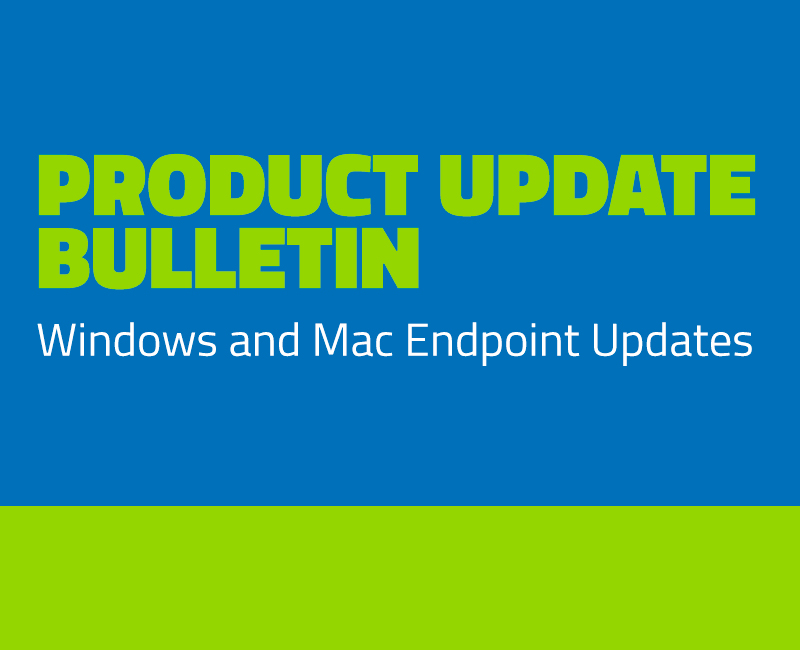Webroot SecureAnywhere® Business solutions will now give admins more ease of control within the Global Site Manager (GSM). From web overrides to Mac- and PC-specific enhancements, we’re delivering new features you asked for to ensure the best multi-vector protection possible.
Webroot protects endpoints against myriad threats at multiple attack stages spanning a variety of attack vectors. One way we do that is through Web Threat Shield evaluating the risk of a given website based on its history and association with other internet objects, i.e., its reputation.
Enable Web Overrides
We’ve released a GSM Console update giving admins the ability to configure create overrides on the default blocking behavior of Web Threat Shield. This ability to whitelist certain websites will give admins greater control and customization over which sites are allowed, in the event that a particular site with a lower reputation score is necessary to complete certain business tasks.
Mac-Specific Changes
An improvement you can expect to see over the coming weeks will be managing Mac endpoints via policy. Updating the Web Threat Shield browser plug-in for Mac is an important first step towards providing more similar experiences across Mac and Windows platforms.
Please notify your clients of this update
Due to security measures specific to Mac browsers, your clients may receive a message when the browser extension updates. When agents receive the update, the Safari and Chrome browsers will launch themselves. Safari will ask the user to indicate they trust the updated browser extension, while Chrome’s message will be purely informational and can be closed without further action. Firefox will wait until the user launches it to throw a notification for the new browser . View a video of the anticipated user experience here:
PC-Specific Changes
Throughout June and July 2017, Windows endpoints will also receive an update. The update will be largely silent; however, individuals with older versions of Firefox will experience a pop-up.
Based on customer feedback, we’ve reduced the number of risk levels from five to three. The new categories will be Trustworthy, Suspicious, and High Risk. Additionally, we will no longer block specific categories (e.g., “proxy”), and will instead block by reputation only. Finally, we will provide more straightforward explanations for why websites have been blocked.
To learn more about these updates, visit the following update bulletins:
- Enabling Web Over ride from the GSM Console: (GSM Console 0)
- Web Threat Shield 1.2.0.82 –
- Mac Browser Extension Update
- PC Agent 9.0.17.24 Update






